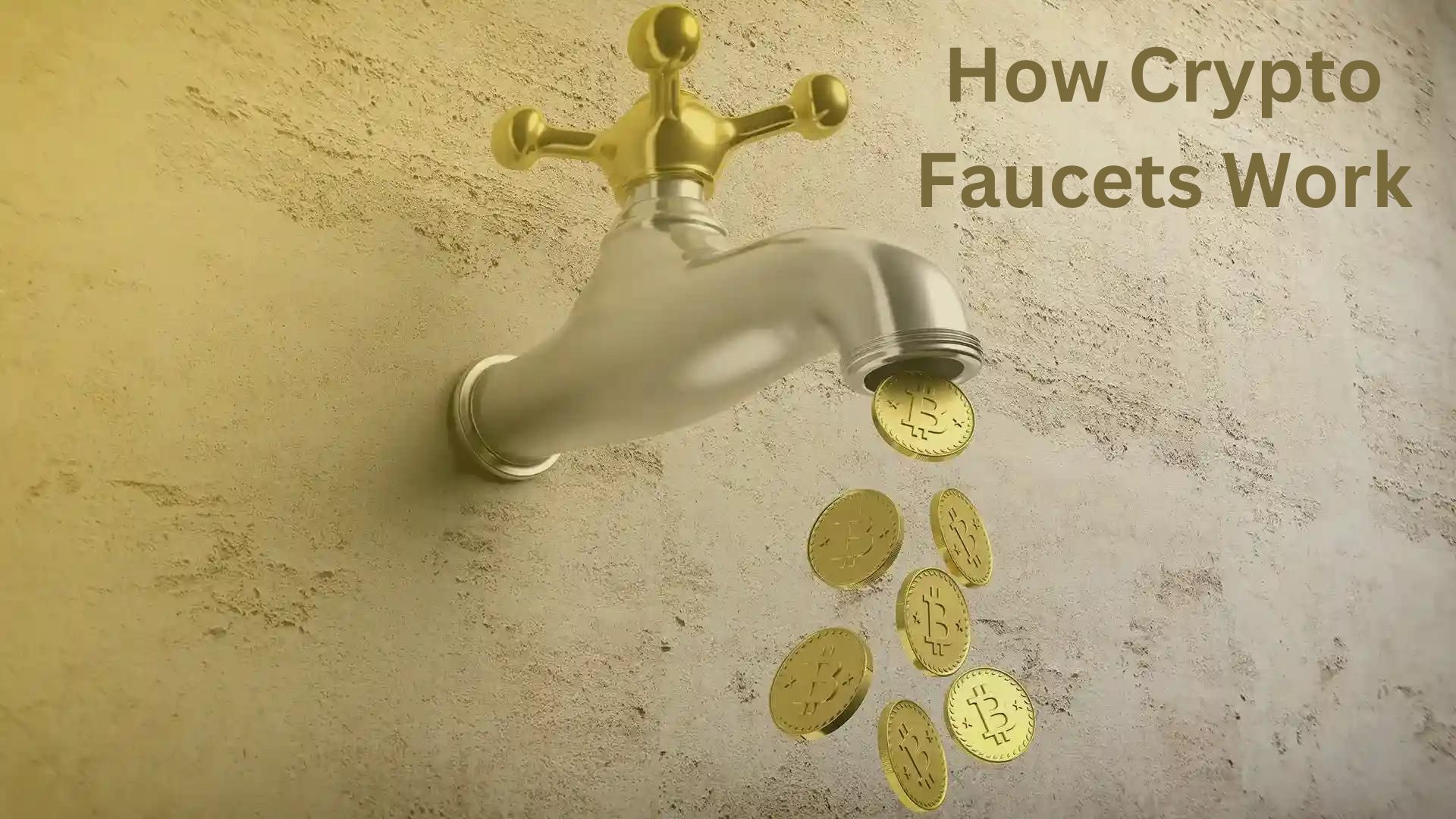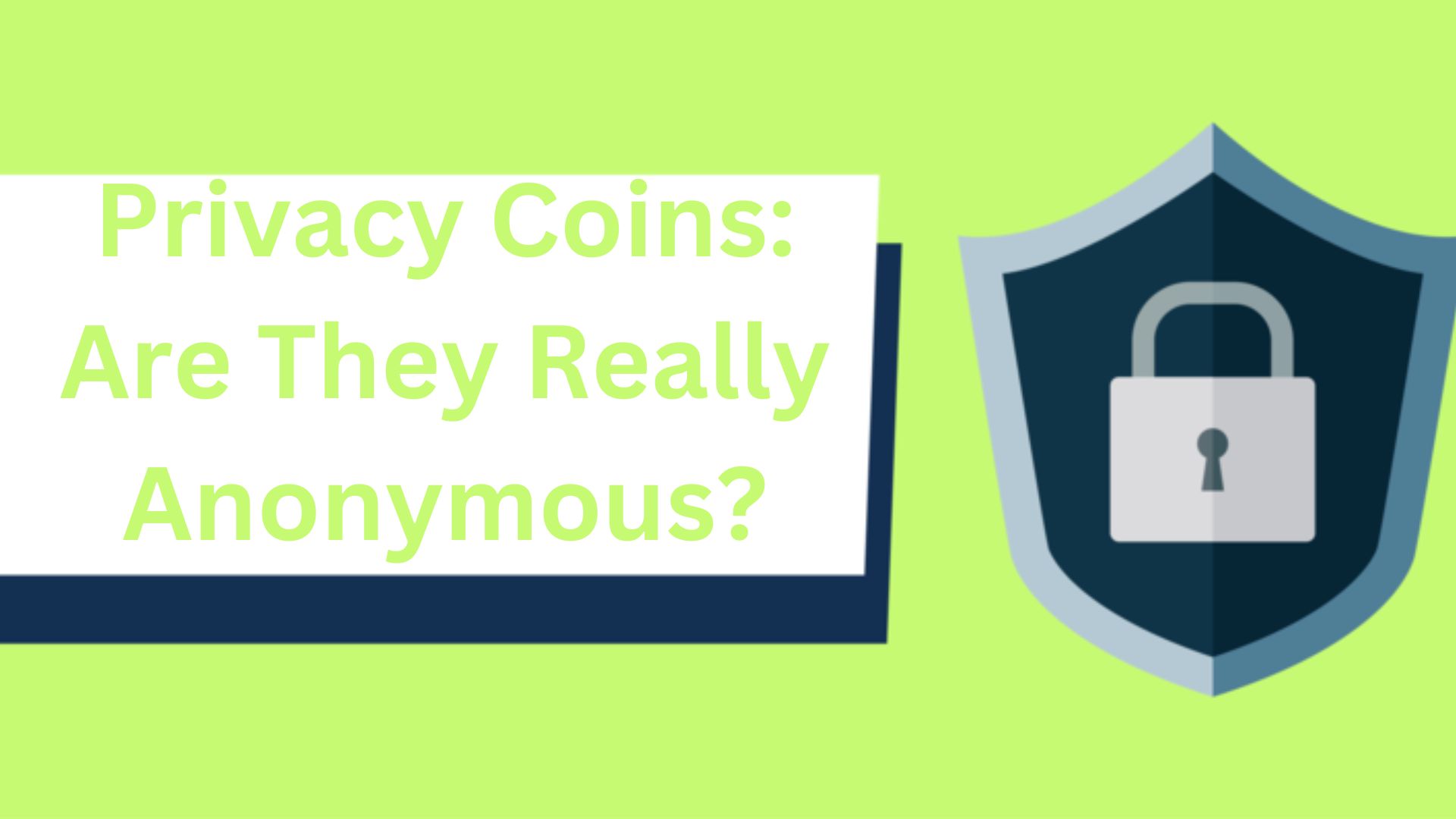What Is A Crypto Faucet: How Does it Work?

What Is A Crypto Faucet: How Does it Work? A significant part of Bitcoin’s past may be attributed to crypto faucets, among the earliest and most straightforward ways to acquire cryptocurrency. Crypto faucets are still a viable way to earn cryptocurrency, and they’re developing alongside blockchain technology. In the early days of cryptocurrencies and blockchain technology, the notion witnessed tremendous growth, following in the footsteps of Gavin Andresen’s Bitcoin faucet. Recently, airdrops—essentially the same thing—have become rather popular.
Perhaps airdrops are the next logical step after the tap notion, but with a little more flair. Crypto faucet reward systems, in contrast to airdrops, are immediate, typically have a significant participation margin, and endure for a more extended period. With proper administration, a coin tap has the potential to generate consistent payouts for a long time. Airdrops use a distinct method of award distribution and have a limited duration.
Brief History of Crypto Faucets
The first ever recorded Bitcoin faucet program, The Bitcoin Faucet, was run by Gavin Andresen in 2010 and distributed over 19,700 bitcoins. It resembles modern faucets rather closely. Every user who signs up receives five bitcoins, which they can claim in satoshis (1 satoshi = 100 millionths of a bitcoin) as they complete captcha tasks. You could earn more enormous rewards by playing simple games as part of Gavin’s Bitcoin faucet reward task. The faucet was created by Gavin to facilitate the distribution of Bitcoin ownership and to attract potential members to the expanding Bitcoin community.
As a result of the success of Gavin’s idea, other people and projects in the cryptocurrency space have developed coin faucet programmes with an emphasis on marketing, diversified the task system, and built comparable platforms. Modern crypto faucets sometimes pay out in more than one cryptocurrency.
Types of Crypto Faucets

As crypto faucet technology has evolved, the creation and operation of coin faucets have become more accessible, resulting in widespread use. It is common practice to name faucets after the cryptocurrency they deposit into their users’ accounts.
Bitcoin Faucets
The first and still the most well-known cryptocurrency faucets are Bitcoin faucets. A few trustworthy Bitcoin faucets remain online, even though most older ones have been deprecated. Cointiply has a Bitcoin faucet where you can get up to 200 satoshis.
Ethereum Faucets
You can earn Ether from faucets on the Ethereum network by completing social tasks. Since then, Ethereum-faucet.org, the most popular Ethereum faucet, has confiscated its ether remittance service. Every user can get up to $300 worth of Ethereum every hour with Free Ethereum. However, the amount that can be claimed depends on various factors that the owner of the faucet decides.
Other Coin Faucets
Other cryptocurrency faucets, like Bitcoin and Ethereum, offer traditional coin rewards for completing social tasks.
How Crypto Faucets Work

Put another way, cryptocurrency faucets are a great way to earn bits of a specific cryptocurrency just for doing basic, varied tasks. There are likely a lot of crypto faucets out there that you’ve used to some degree. The popularity of Bitcoin and Ethereum faucets is higher. As a more cost-effective alternative to airdrops, faucets have been developed by numerous other “team-managed” projects as a marketing strategy. Faucets owned by individuals and communities are also relatively standard.
Crypto faucets are one of the “free” ways to earn cryptocurrencies if you think spending time running simple tasks is a less capital-intensive venture. On the other hand, a well-designed reward system is superior to a coin faucet. Earnings are directly correlated to the work done. In some instances, the reward system for coin faucets is unfair. Short video streaming, link clicking, and captcha or quiz completion are some of the most common crypto faucet tasks. You can earn rewards for referring friends when they sign up for a coin faucet.
Crypto faucets are designed to make it easy for participants to earn cryptocurrencies. Conversely, there are a plethora of ways in which faucet owners profit from their reward program. It is mainly for advertising purposes, but many websites, videos, and ads with a faucet link also use a “pay-per-impression” system, where the creator of the faucet keeps most of the money, and the users get a cut.
Popular Arguments Against Faucets
The Bitcoin community, as a whole, thinks faucets are a fantastic idea. Crypto Faucet: Nonetheless, there are still a few qualms, and they include;
A low reward system
Everyone is talking about how “lucrative” Gavin Andresen’s “The Bitcoin Faucet” was since it gave each user five bitcoins. Even when adjusted for inflation, the benefits offered by some airdrop schemes were far beyond those of Bitcoin at the time. One big red flag is the poor reward structure of crypto faucets. The straightforward win of airdrops is well-explained.
High withdrawal threshold
Most consumers might think the minimum withdrawal amount is too high compared to the compensation per claim from the faucet. The standard minimum withdrawal amount from crypto faucets is $5, with hourly claims as low as $0.0003. After several failed attempts to reach the withdrawal limit, many faucet users stopped using the distribution scheme.
Are Crypto Faucets Trustworthy?

In addition to a notoriously low reward structure and an extremely high withdrawal threshold, crypto faucets have been through a lot throughout the years. From both the users’ and the owners’ perspectives, several incidents have shaken up faucet programs and shaken users’ faith in programs like them. People who utilize faucets have complained about hacking, Phishing, and fraud. Like other coins, faucets are vulnerable. Although there are many honest coin faucets, the public has lost faith in cryptocurrency faucets due to a few dishonest ones.
Some common faucet scams involve suspicious people pretending to be the owners of the faucet sites and the inability to withdraw earned money, even when they exceed the minimum withdrawal amount. Users can be taken advantage of by some faucets that require payment for registration. Malicious faucet software may lead users to bogus mining sites and phishing URLs. In addition to the possibility of losing money to phishing schemes, users face the danger of not benefiting from the faucet program.
How to Avoid Crypto Faucet Scams

Being socially and safety conscious is essential for avoiding faucet scams. Learn the signs of a faucet scam so you don’t fall victim.
Beware of dubious faucet promises
That which seems too incredible to be true is likely not true, as the adage goes. But in our avarice, we convince ourselves that everything is possible, and anything sounds wonderful—like investing $1,000 in a dubious faucet or mining site and receiving $3,000 daily. Scammers prey on users’ faith in the promise of fast money.
Many online scams exploit enticing claims of quick money for simple activities or “small initial deposits” to lure victims in. How easy it is to fall for this type of faucet scam depends on your level of avarice, but it’s much easier than you would expect. The risk is higher for greedy investors. I know it’s easier said than done but curb your greed.
Perform a proper background study on the faucet
Before joining the program, DYOR and examine the faucet’s record and history if possible. Feedback from previous customers is helpful—research customer feedback and reviews before signup or social job completion. If possible, please verify the team’s details. Never provide your personal information or wallet seed phrase to a legitimate cryptocurrency faucet project. Take all necessary measures and conduct thorough research if a starting deposit is required.
Double-check links provided by faucet programs
Hackers can steal sensitive information from your smartphone using phishing links masquerading as legitimate website links. These URLs bypass your device’s permissions and reveal important data saved on your device. Under the pretence of their reward task, faucets might trick you into clicking on malicious URLs. Be cautious and check the legitimacy of links before clicking on them. If something doesn’t seem right, you can be a victim of Phishing. Be careful and only click on secure links.
Conclusion
The concept of crypto faucets is brilliant; there is no question about it. Those little pieces of crypto you get from faucets might be worth more later on, given how far blockchain technology and cryptocurrencies have come. The answer is unclear. Before devoting resources to fulfilling social chores and collecting rewards, it is wise to evaluate the profitability of a coin faucet program (regarding individual factors).
An upsurge in cryptocurrency fraud has permeated the whole crypto sector, even coin faucets. You must verify the faucet program and the URLs it provides are legitimate and safe. “If it seems too good to be true, then it probably isn’t true” should be considered.





